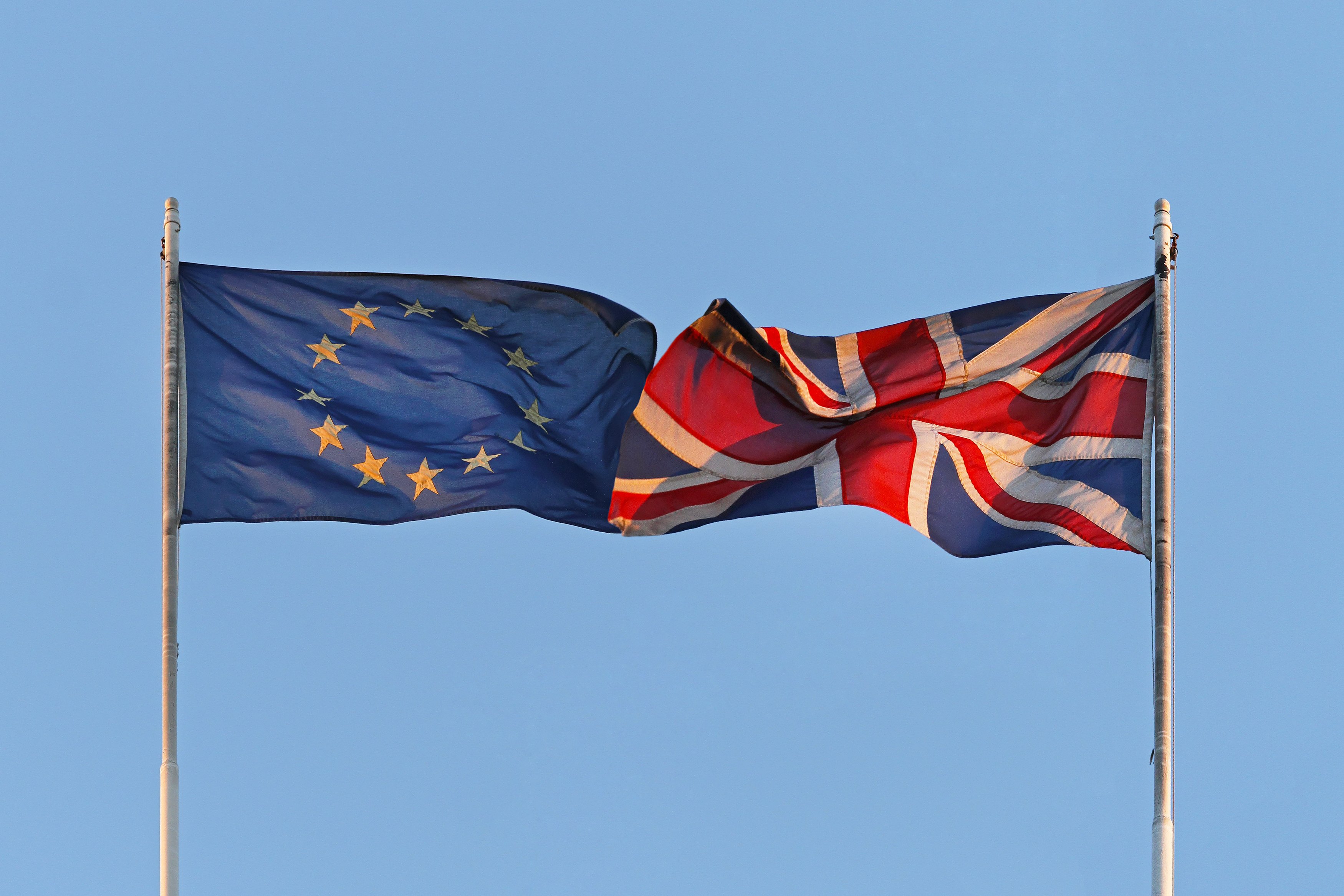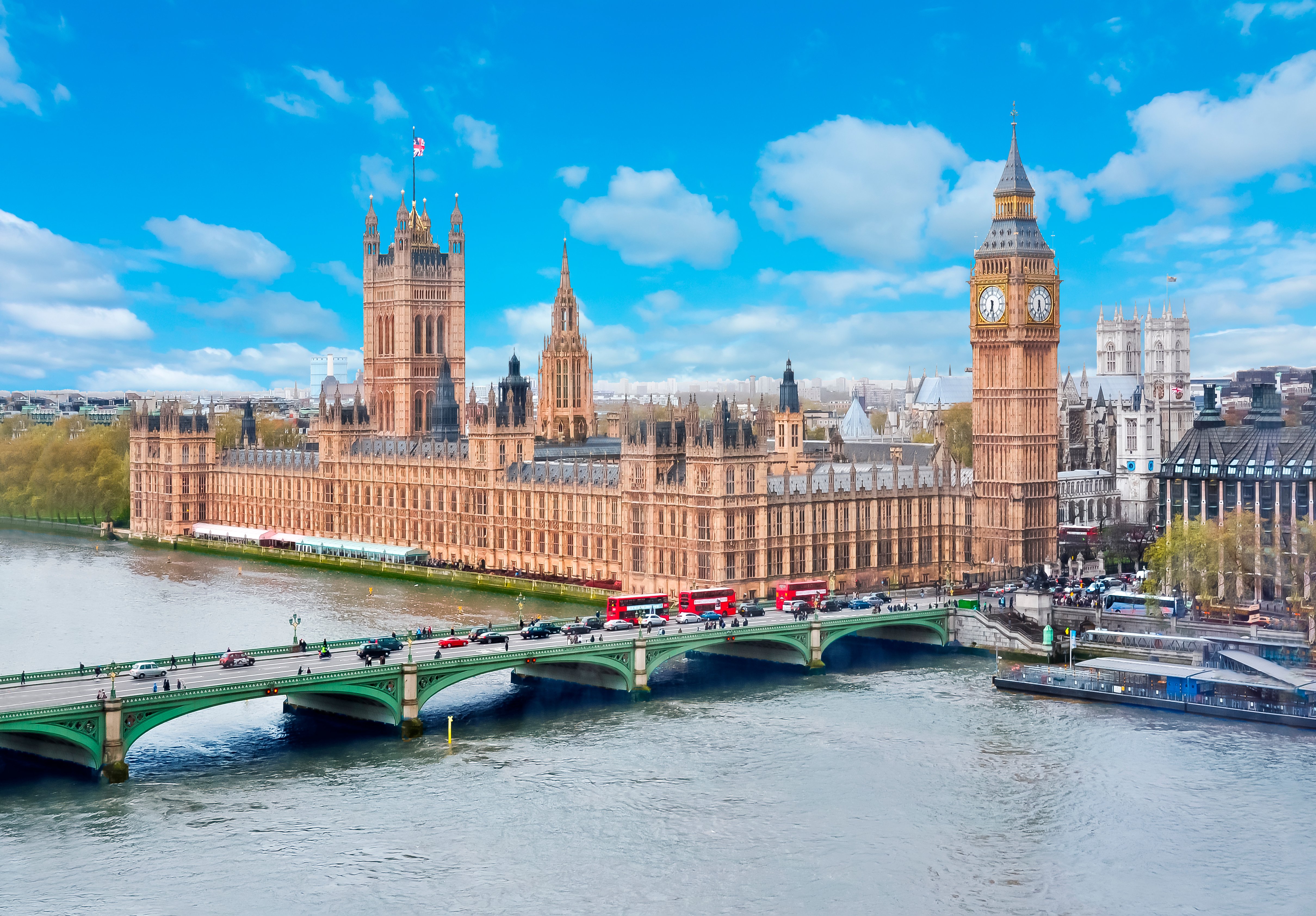Saving lives and saving money - how public sector drone use is taking off
by Megan Stagman on 10 Jan 2019
The many and varied ways in which drones have already been deployed to aid the public sector are often overlooked. Some of the most significant examples include emergency services, environmental monitoring and protection, and infrastructure maintenance and inspection.
Innovators in the public sector are already beginning to use drones to enhance the capabilities and efficiency of public services, but there is still a great deal of untapped potential.
In a whirlwind of Gatwick-induced public panic against drones, and with Government this week hurrying to implement new police powers and airport restriction zones to tackle their use, there is insufficient attention being paid to the significant potential that drones offer society when used safely.
Amongst the British public, the best known users of drones are hobbyists and the military. However, as drones become less expensive and thus more accessible, the wide range of their new-found applications by innovative public servants also continues to grow. In fact, over a third of the drone fleet by 2030 is predicted to be used by public bodies. This article therefore takes a closer look at the opportunities and use cases for the integration of drone technology in public sector services.
1. Emergency services
Despite recent media and public speculation about future dangers of drones - an extreme archetype being the upcoming horror film about a ‘serial killer drone’ - the reality is that many drone applications will in fact be used to increase safety, and even save lives. UK Aviation Minister Baroness Sugg reported last year that “police, fire and search and rescue services around the world used drones to save at least 65 lives in the last year”.
Police forces’ drone use has increased exponentially in the last few years. As well as offering the advantage of a birds-eye view from which to conduct surveillance or a search, adding thermal imaging capabilities can significantly enhance effectiveness. Recent high profile successes include Lincolnshire Police deploying their thermal imaging drone in October to find a 16 year old rape victim and her alleged attacker within minutes of the 999 call.
Currently, more than two thirds of the UK’s almost fifty police forces reportedly operate drones and police representatives forecast continued growth. Sergeant Ed Delderfield, Project Lead within the Drone Team at Lincolnshire Police, has said that "drones provide a more flexible and cost-effective air asset compared with the National Police Air Service helicopter alternative. As technology and legislation advances, I can see unmanned aircraft taking over".
Beyond the police, NESTA’s recent Flying High Challenge project has made clear the usefulness of drones to other emergency services, with example use cases such as drones being used to carry out medical deliveries within London and across the Solent, as well as responding to traffic incidents in the West Midlands.
With 80% of the UK public reportedly supportive of emergency services using drones, it seems that this will be one of the first and easiest routes for drones to enter into commonplace public sector use.
2. Environmental monitoring and protection
Drones are also being used by governments for environmental monitoring and protection, both for the sake of conservation of local natural habitats as well as the protection of nearby residents. Drones are already being trialled and deployed in a range of applications including reduction of poaching, glacial feature modelling, species counting and identification, and assessing flood vulnerability.
In addition, in the event of a natural disaster (or a human-induced disaster, such as an oil spill), drones can be deployed to gather information more effectively and thus make improved decisions about how best to mitigate risk and potential damages.
Ambitious environmental strategies such as reforestation are also made increasingly possible by drones. In what is up to ten times faster and five times cheaper than previous hand-planting methods, a single drone is estimated to have potential to plant 100,000 trees per day, with one drone engineer able to oversee six drones.
A final illustrative example is drones’ usefulness in protecting against soil run-off. The UK Government is currently considering proposals to use drones to monitor soil protection, and locate and penalise the farmers who allow their soil to run off their fields. Such bad farming practices cost more than £1.2 billion per year due to clogging rivers and contributing to floods and the Environment Agency is said to be able to only check around 0.5% of farms each year with its current methods; however if current drone trials are upgraded to permanent national efforts, campaigners believe this level could be significantly improved.
3. Infrastructure maintenance, inspection and security
Drones can also be used to inspect infrastructure and identify maintenance issues before they occur, which is particularly useful in high risk facilities such as power stations or nuclear facilities and remote infrastructure, such as pipelines, powerlines and pumping stations. What is more, they do so at as little as 20% of the cost of helicopter patrols and 40% of the cost of foot patrols.
Leading such initiatives in the UK is a government Pathfinder project, running for the next three years in collaboration with a number of public sector authorities and energy companies.
Local authorities in the UK are also catching on to drone applications in this area: for example, when Northumberland County Council was building a new interchange at Morpeth Northern Bypass, drones were used to provide monthly aerial reports of the project. Gary Mills, the Project Manager at the County Council, explained the value of the footage in the project board meetings to assess progress and for use on the scheme’s website “to publicise the scheme and keep the public informed”.
Similarly, Network Rail used drones last year to showcase extensive works taking place on the railway line between Aberdeen and Inverness in Scotland. Drone footage was turned into an immersive virtual reality video experience that was then exhibited in a “cinema pod” at Aberdeen Station, allowing the public to enjoy an immersive drone’s eye view of the work being done and to better understand the project.
Maintaining the physical security of ‘critical national infrastructure’, is another way in which drones can be deployed by governments or the private sector providing public services. Drones can be used for surveillance of large areas and long barriers which it would take a person on foot or in a vehicle far longer to monitor.
Drones are also increasingly being recognised for their capacity to assist in the infrastructure required to deliver connectivity. With governments across the globe under pressure to ensure connectivity across urban and rural areas of their countries alike, a drone-enabled solution looks increasingly inviting. The UK Government specifically has pledged that every home and business in the country will have high-speed broadband by 2020.
So can drones help to deliver on this promise? In recent months, remote areas of Scotland and Wales have seen drones help engineers lay broadband cables across geographic obstacles. Openreach engineers reportedly found drones to be a more reliable way of getting a cable across a river in place of previous methods such as “attaching cables to fishing lines, golf balls and even hammers”, which were described as proving “hit and miss”.
4. Collection of geospatial data
Drones can provide aerially collected geospatial data (data marked by its geographical component) too, including information undetectable from the ground and on a much larger scale than terrestrial sources. They are able to do so with greater versatility and cost-efficiency than conventional aircraft or satellite imagery. High quality drones can perform in adverse weather, where satellite images might be obscured by cloud, and on-demand for time sensitive issues, in a way that aircraft cannot. Drones also provide much more precise data than satellite alternatives: a satellite image is usually accurate to more than a metre, while an image from a low altitude drone can be accurate to less than a centimetre. Photos or scans from drones are also tagged with GPS information that contains location and time markers, automatically providing the geospatial element of the data.
As governments around the world begin to pay more attention to how they can develop their countries’ geospatial strategies, drones are therefore being seen as a critical factor in this. The newly established Geospatial Commission in the UK has been set up precisely to unlock value of the sector, which is estimated to be up to £11 billion per year, and the role drones will play in this area is already becoming apparent.
Why are drones not already more prevalent in the public sector?
As is evident from the four use cases detailed above - and the many more that already exist - the potential for drone use in the public sector is huge. So what is holding it back at the moment?
There are a range of obstacles that drones need to face more generally before they are accepted by the public. Some of the most prominent of these relate to safety, noise, privacy and security concerns, all of which are only further exacerbated by the anti-drone hysteria resulting from incidents like the Gatwick disruption.
However, while this public sentiment certainly influences public sector adoption, in the same way that officials worry about public backlash against implementation of any new technology, there are two issues particular to drone integration in the public sector:
1. Regulation is still developing
Drone regulation is still being formulated for both private and public sector use in the UK, shaped by both the forthcoming UK Drone Bill and EU regulations that are both due later this year. The regulatory framework that subsequently emerges is expected to provide the necessary safety specifications to facilitate increased safe drone use across society, and therefore provide the increased confidence required for greater adoption by the public sector.
2. Lack of consistency in procurement and usage
Even after this framework has been finalised, there will still be a lack of consistency and clarity about how procurement of such technology should work in the public sector. Even within just one emergency service, such as police forces, drone introduction is often the result of individual initiatives rather than coordinated policy. A National Police Chiefs’ Council (NPCC) spokesperson said last year that “deploying drones is a decision for individual Chief Constables who ensure that they are used appropriately in the interest of public safety and efficient allocation of police resources”. Similarly, the National Police Air Service stated that drones should be “operated by individual forces on local tasks suited to their use”.
Similarly, local authorities approach to drone adoption has been uncoordinated to say the least. While many councils are using drones for everything from planning applications to dealing with pest seagull problems, others are taking a much stricter stance, not only ignoring the opportunities that drones have for their own services, but banning their residents from all but the most necessary forms of drone use on council land.
Given these ongoing changes to regulation and the continued diversity of approaches in the public sector, it remains to be seen whether the impressive forecasts for public sector uptake of drone technology will ever be fully realised. Nevertheless, the technology and its vast potential is certainly there for the taking.
Topics: UK politics, Aviation, Drones, Megan Stagman

Written by Megan Stagman
Megan provides political analysis and monitoring to emerging technology clients, with a focus on drones and data.





Comments